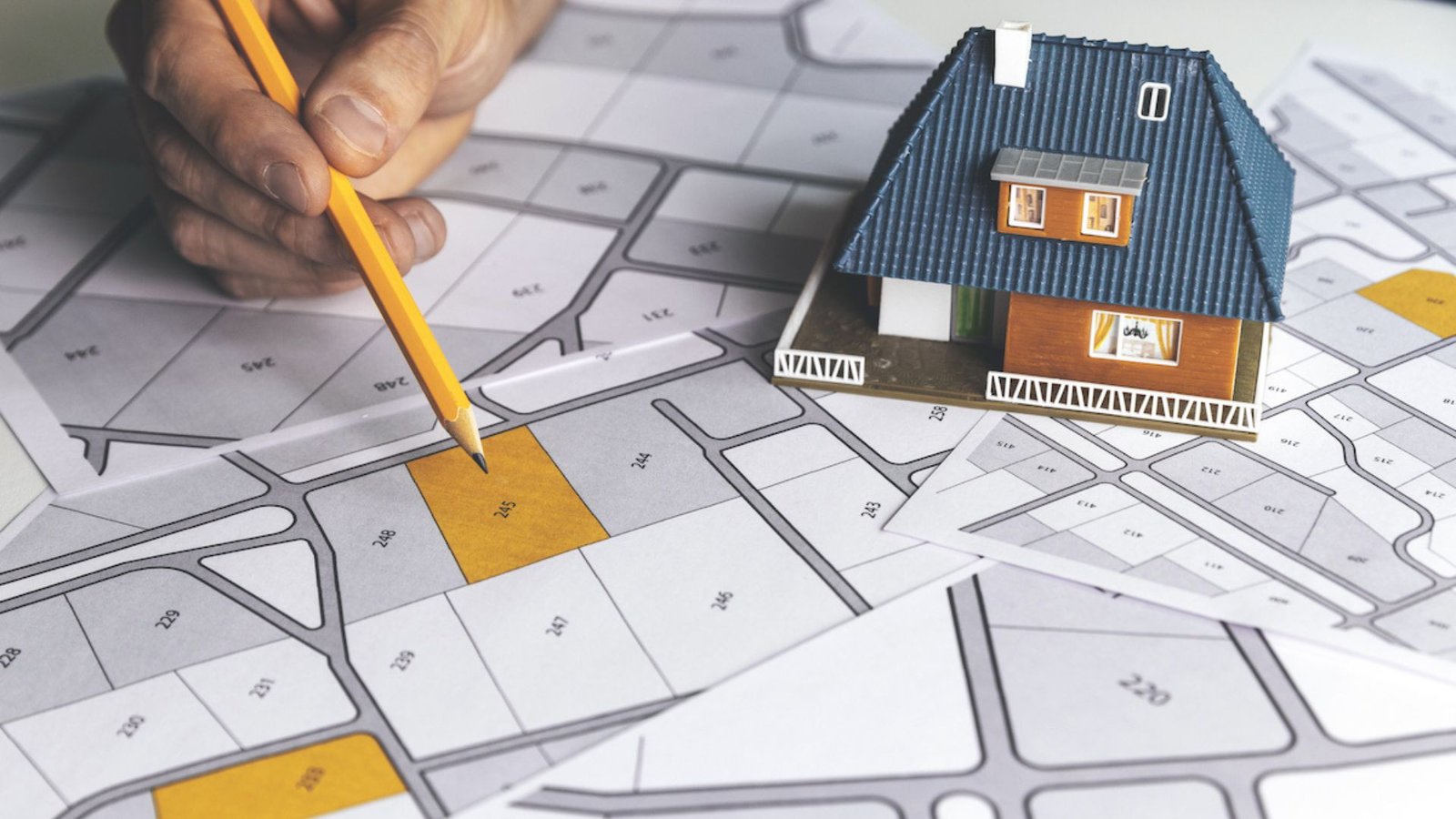Land planning plays a crucial role in shaping the development of cities. Effective land planning strategies for cities create balanced, sustainable, and efficient urban environments. As cities continue to grow, it is important to design them in ways that improve quality of life, promote sustainability, and ensure accessibility for all residents. In this article, we will discuss the best strategies for land planning that can help transform cities into better places to live.

Mixed-Use Zoning
One of the best land planning strategies for cities is implementing mixed-use zoning. This approach combines residential, commercial, and recreational spaces into one area. Mixed-use zoning reduces the need for long commutes, as residents can live, work, and play in the same neighbourhood.
It also helps promote economic development, as businesses benefit from the proximity of residential areas. By integrating various functions in one space, cities can create vibrant, walkable communities where people can easily access essential services.
Sustainable Urban Growth
Sustainable urban growth focuses on developing cities in ways that meet the needs of current residents while preserving resources for future generations. One of the best land planning strategies for cities is to prioritize sustainable building designs, green spaces, and efficient transportation systems.
For instance, cities can reduce urban sprawl by focusing development around existing infrastructure and transit hubs. Encouraging the use of public transportation, bike lanes, and pedestrian-friendly areas also reduces the environmental impact of car-dependent cities.
Smart Infrastructure and Technology Integration
Incorporating smart infrastructure is another key strategy. Cities can use technology to enhance land use, improve resource management, and make daily life more convenient. For example, smart grids help manage energy consumption, while sensors in roads and buildings can optimize traffic flow and waste management.
Technology also allows for better data collection and planning. Urban planners can use data to predict growth patterns and make informed decisions about where to invest in infrastructure and services. This ensures that cities are developed efficiently and sustainably.
Affordable Housing Initiatives
As cities grow, housing affordability becomes a critical issue. One of the best land planning strategies for cities is to prioritize affordable housing initiatives. Planners can set aside land for affordable housing projects, ensuring that low- and middle-income families have access to safe, stable homes.
Incorporating affordable housing into mixed-use developments also helps create diverse, inclusive communities. Cities can use zoning regulations and incentives to encourage developers to build more affordable units, helping to reduce homelessness and improve social equity.
Green and Public Spaces
Including green and public spaces in the land, planning is essential for improving urban living. Parks, gardens, and recreational areas not only provide a break from the urban landscape but also contribute to the environmental health of a city. They help manage stormwater, reduce air pollution, and provide spaces for social interaction.
One of the best land planning strategies for cities is to integrate green spaces into both residential and commercial developments. This enhances the beauty of the city, improves the well-being of residents, and helps combat the urban heat island effect.
Transit-Oriented Development
Transit-oriented development (TOD) is a strategy that focuses on creating dense, walkable communities around public transportation hubs. By building residential and commercial spaces near transit stations, cities can reduce traffic congestion and promote the use of public transit.
This approach encourages sustainable development by reducing reliance on cars and minimizing long commutes. TOD also makes cities more accessible, helping residents reach schools, jobs, and other services easily.
Land Preservation and Conservation
Preserving natural land and open spaces is another key strategy in land planning. Land preservation and conservation help protect wildlife habitats, reduce environmental degradation, and maintain biodiversity within urban areas.
Cities can protect important green spaces by creating parks, nature reserves, or greenbelts around urban areas. Land conservation also involves using sustainable agricultural practices in surrounding regions, which supports food security and reduces the environmental impact of urban sprawl.
Efficient Waste and Water Management
Efficient waste and water management systems are crucial components of urban planning. Cities must manage resources wisely to ensure they meet the needs of their residents while minimizing environmental damage. One effective strategy is the use of sustainable water management systems, such as rainwater harvesting, greywater reuse, and water-efficient irrigation.
Additionally, waste management strategies like recycling programs, composting, and waste-to-energy solutions help reduce landfill waste and minimize pollution. Efficient systems ensure that cities remain clean, livable, and sustainable.
Collaboration with Community Stakeholders
Effective land planning involves collaboration with local communities, businesses, and government agencies. Listening to the needs of residents and stakeholders ensures that urban development projects meet the diverse needs of the population. Community input helps planners create inclusive spaces that are welcoming to everyone.
Community involvement also builds trust and fosters a sense of ownership among residents, making it more likely that they will support urban planning initiatives and take pride in their neighbourhoods.
Long-Term Planning and Flexibility
Land planning for cities must focus on the future while remaining flexible enough to adapt to changing circumstances. Long-term planning is essential for addressing future population growth, technological advancements, and evolving environmental challenges.
However, planners must also be able to adjust plans as conditions change. Flexibility allows cities to respond to unexpected events, such as economic shifts or natural disasters, and adjust development strategies accordingly.
Conclusion
The best land planning strategies for cities aim to create sustainable, efficient, and livable urban environments. Strategies such as mixed-use zoning, sustainable growth, smart infrastructure, affordable housing, and green spaces help improve the quality of life for residents. By focusing on long-term planning, community engagement, and flexibility, urban planners can build cities that meet the needs of both current and future generations. With these strategies, cities can thrive while minimizing environmental impact and ensuring social equity.




